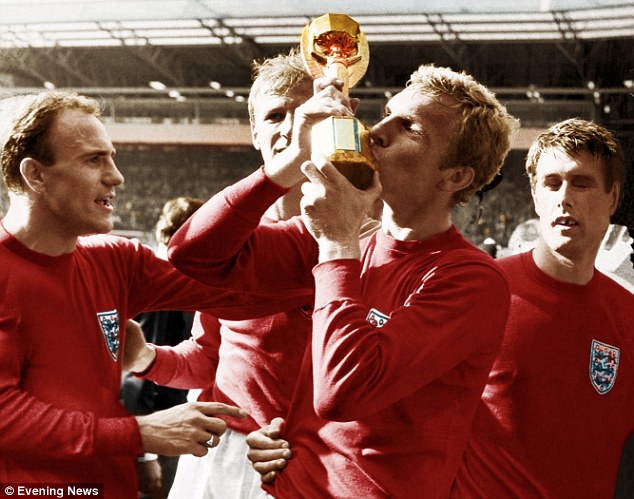As the World Cup ‘kicks off’ the usual mania and anticipation may be lacking but as the tournament gets underway every football fan will be rooting for their team and emotions will run high. Elation and frustration will be at the extremes of emotions as those that cannot or do not wish to be in Qatar sit glued to their screens on the edge of their sofa’s biting their fingernails Ultimately, no matter how many players, managers and pundits tell us football is such an inclusive game, surely only one thing matters and that is winning.

For the fans it’s a time of fresh dreams and hopes. For the players a World Cup is the culmination of their dreams too, marking years of hard work and dedication. The correct fitness regime, diet, sleep and personal sacrifice make positive outcomes of every decision more likely but raw talent and total fitness will only get you so far.
Without expert analysis, systems and an articulate process that leaves nothing to chance no amount of talent will achieve the optimal outcome – winning.
It’s no coincidence therefore, that when watching live sport, the cameras pan over to the coaching staff behind their laptops – The brains trust and masters of the universe, who pull the strings ‘live time’ as they monitor the data. For the best in the business, (Team Sky (cycling), The All Blacks and Mercedes F1, the rewards are enormous in terms of accolades and money. They aren’t the geeks behind the scenes anymore, these are the stars of the organisation and often legends of their sport.
The ability to capture high-speed digital images of the entire pitch during a match allows the individual player data arising from the “wearable” devices to be combined with on-field positional data of not only the ball but all the players on the pitch in real-time. As an in-game decision tool it has transformed coaching and player management to a point that was unimaginable even ten years ago.
The parallels to financial markets continue to be notable, as the inexorable rise in the use of alternative data, machine learning and AI in both sports analytics and quant investment strategies would confirm. However, whilst sports data analysis has become increasingly granular and frequent, moving from team level stats and average returns down to the individual player level in real time, much of the fundamental data analytics in financial research (as opposed to trading) has continued to operate at a relatively high level. A cross sectional analytics approach remains the norm and stock valuation models continue to operate on a multi-year time frame with relatively infrequent updates.
With the global economic outlook still so uncertain and with policy options beyond the current crisis responses now limited, the importance of – and ability to integrate – more timely information into the investment process has become a prime focus.
With business models changing rapidly and entire industry groups facing widespread uncertainty in relation to their very existence, long term forecasts are no longer stable. As in sports analytics, (stock level risk and return) data will need to be analysed at both a higher frequency and at a more granular level than in the past, which is where we at Libra come in.
With more than 15 years of highly granular, proprietary data, Apollo provides that link between fundamental expectations, longer term value and price for over 7000 global stocks daily. The time series nature of the Apollo Asset pricing model means that the “noise” associated with changes to the shorter-term fundamental forecast data and daily price action are systematically assimilated into a longer-term valuation model. A daily updated measure of value, alongside an expected return forecast and its associated measures of directional momentum and implied volatility are the core elements of the stock level information set that, like the best athlete tracking and performance analytics tools, provides for an unrivalled level of real time awareness of risk and return.
Our “gamechanger” is Apollo Edge. The ability to systematically visualise every stock in a universe, portfolio or watchlist whilst simultaneously monitoring the key metrics of both individual assets and those around them, allows us to leverage the Apollo data set in a way that we believe will be transformational for the Asset Management industry of the future.

